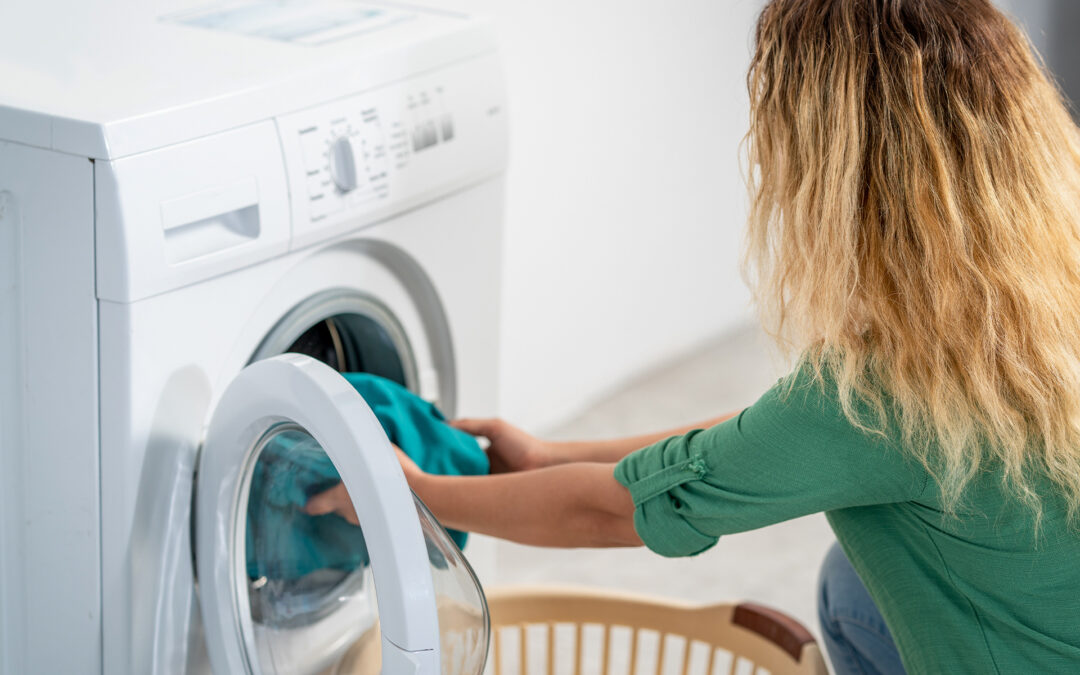Don’t waste your money.

1. Tip – Put the lid on
If you put the lid on the pot and pan, you save up to three quarters of the energy consumption when cooking because the heat does not escape upwards. The pot should be as big as the hotplate and should not wobble if possible.

2. Tip – Use residual heat
The residual heat from the cooker and oven makes for wonderful cooking. Switch off the oven and the hotplates about five minutes before the end of the cooking or baking time.

3. Tip – Electrical appliances
Electrical appliances in the kitchen can support the large built-in appliances in an energy-saving way. For example, you can bake bread rolls on the toaster or heat water in the kettle, so you save a lot of electricity and don‘t always have to use the cooker.

4. Tip – Defrosting in the refrigerator
If you defrost frozen food in the refrigerator instead of in a pot, oven or microwave, the refrigerator is additionally cooled from the inside. Hot food does not belong in the refrigerator!

5. Tip – Increase fridge temperature
A higher internal temperature in the refrigerator means less electricity consumption. As an example: If you set the temperature to 7 °C instead of 5 °C, you save about 12 % on electricity costs. PS: Regular defrosting and checking the door seals will make it easier for the refrigerator to maintain a constant temperature.




